Don't have an account? Join for free
For advertising on
Interest to become a seller? Get info
Cart
Completions
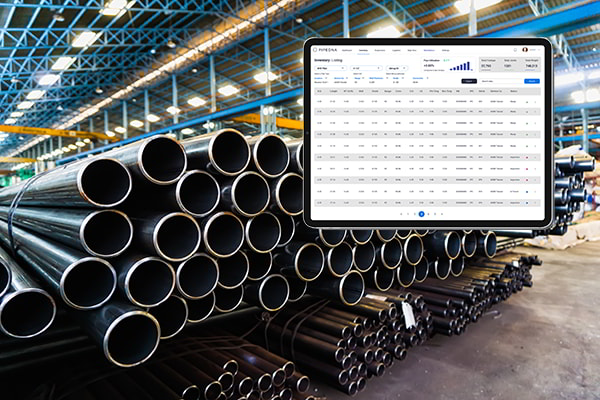
Tubular Manufacturing Traceability
Enhancing Tubular Manufacturing Traceability with PipeDNA: Ensuring Quality and Compliance In the oil and gas industry, maintaining traceability throughout the tubular manufacturing process is crucial for ensuring quality, compliance, and operational efficiency. Introducing PipeDNA, a smart cloud-based platform dedicated to managing pipe and tube throughout the oil and gas supply chain. With its powerful features and innovative technology, PipeDNA empowers stakeholders to proactively manage tubular manufacturing traceability, increase visibility, and optimize their operations for enhanced quality control. Comprehensive Inventory Management and Tracking: PipeDNA offers comprehensive inventory management and tracking capabilities for tubular products, enabling stakeholders to have full visibility into their manufacturing processes. From raw materials to finished products, PipeDNA allows for seamless tracking of each component, ensuring accurate inventory control, reducing waste, and optimizing production planning. Gain insights into utilization, activity, and trends, empowering stakeholders to make data-driven decisions and streamline their manufacturing operations. Streamlined Logistics Management: PipeDNA simplifies logistics management by providing stakeholders with a centralized platform to manage shipments, track status, and document crucial information. Whether it's inbound or outbound logistics, PipeDNA ensures seamless coordination and real-time visibility into the movement of tubular products. The platform also facilitates pipe bundling, allowing stakeholders to optimize transportation and storage, reducing costs and improving overall efficiency. Efficient Inspection Management: With PipeDNA's inspection management feature, stakeholders can effectively manage inspection jobs throughout the tubular manufacturing process. From initial inspections of raw materials to final product inspections, PipeDNA enables tracking and monitoring of job status across multiple sites. By streamlining inspection profiles and documentation, stakeholders can ensure compliance with quality standards, reduce errors, and maintain consistent product quality. Automated Tally Operations: PipeDNA simplifies and automates the tallying process during tubular manufacturing. Stakeholders can create and manage tally operations within the platform, eliminating manual calculations and reducing the risk of errors. By automating pipe tally jobs and workflows, PipeDNA saves time, improves accuracy, and enhances overall manufacturing efficiency. Accurate tally operations enable stakeholders to maintain reliable records and ensure traceability throughout the production cycle. Enhanced Identification and Traceability: PipeDNA's identification and traceability features provide stakeholders with quick and accurate pipe identification, detailed pipe information, activity history, and traceability documentation. By integrating popular barcode standards such as UPC, EAN, and QR codes, PipeDNA enables seamless identification and tracking of each tubular product. This enhanced traceability minimizes the risk of errors, supports efficient recalls if necessary, and ensures compliance with industry regulations. Designed for the Oil and Gas Industry: PipeDNA was designed specifically for stakeholders across drilling, manufacturing, and oilfield services, catering to their unique needs in tubular manufacturing traceability. Whether you are a drilling contractor, oilfield rental company, oilfield and inspection service provider, steel pipe manufacturer, or pipe distribution and storage provider, PipeDNA offers tailored solutions to streamline your tubular manufacturing processes and drive quality and compliance. Leveraging Emerging Technologies: At its core, PipeDNA leverages today's emerging technologies to optimize tubular manufacturing traceability. The platform integrates popular barcode standards such as UPC, EAN, and QR codes, allowing for efficient barcoding and labeling. Furthermore, PipeDNA is RFID ready, supporting the integration of RFID technologies for accurate asset tracking and improved traceability. The platform also enables IoT data integration using the MQTT standard, facilitating fast and reliable sensor data integration for enhanced decision-making during the manufacturing process. PipeDNA revolutionizes tubular manufacturing traceability in the oil and gas industry, providing a smart cloud-based platform that enhances quality control, compliance, and visibility. With its comprehensive inventory management, streamlined logistics operations, efficient inspection management, automated tally operations, and enhanced identification and traceability features, PipeDNA empowers stakeholders to optimize their tubular manufacturing processes, minimize errors, and ensure compliance with industry standards. Leverage the power of PipeDNA and take your tubular manufacturing traceability to new heights of efficiency and reliability. View Details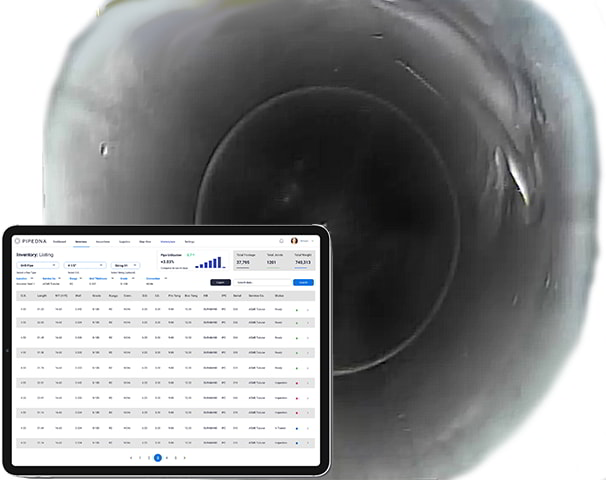
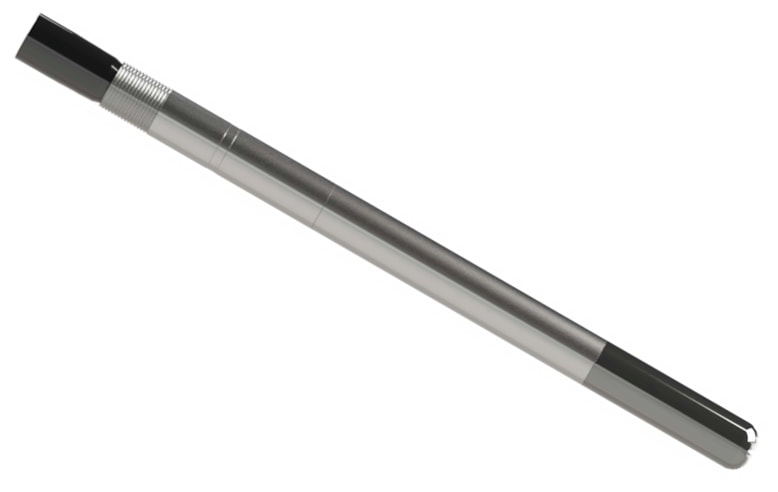
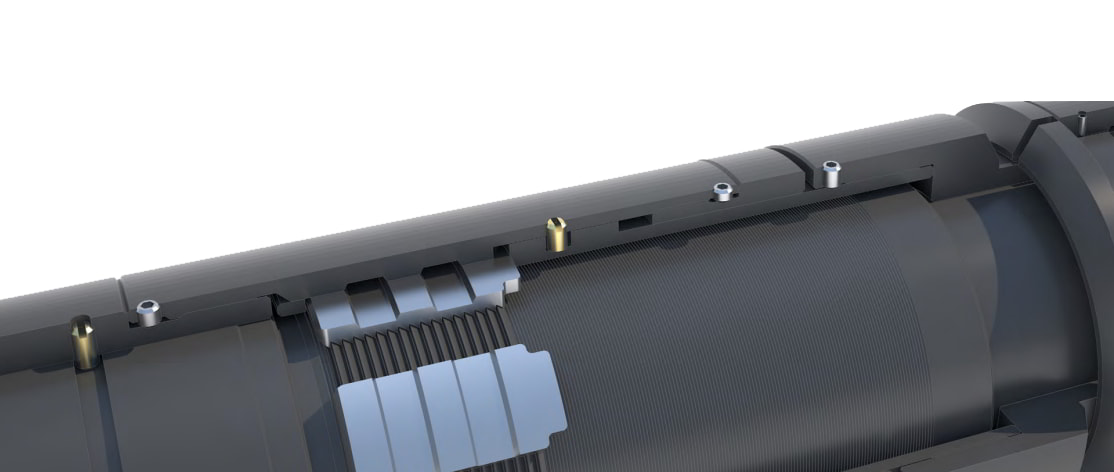
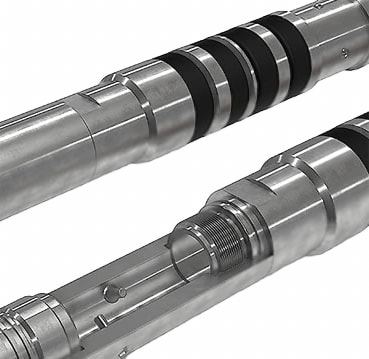
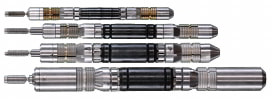
Permanent Miniature Bridge Plug (PMBP)
Are you in need of a high-quality, dependable bridge plug that can be deployed in small-bore conditions? Look no further than ID OilTools' Permanent Miniature Bridge Plug (PMBP)! Our PMBP system is specially designed to mechanically convert external pressure into additional sealing force, using metal grippers to withstand differential pressures of up to 7,500 PSI at 350°F with HSN elements (with other element options available upon request, such as Viton or Aflas). Our PMBPs boast a number of features that make them the ideal choice for pressure control in the 3/4" (19.05mm) to 1.75" (44mm) setting range. With a small O.D., they can be easily run in tubing with size restrictions like coiled tubing, while still forming a fluid tight seal against the tubing wall. Plus, all of our miniature bridge plugs have a pump-through check-valve option. But the benefits of our PMBPs don't stop there! They can be used in a variety of applications, including pressure control for snubbing operations, as a mechanical barrier to replace failed downhole equipment, as a mechanical barrier for coil tubing/velocity string retrieval, and for coil tubing cleanout using its pump-through feature for nitrogen purges. If you're in need of a high-quality, dependable bridge plug for small-bore conditions, look no further than ID OilTools' Permanent Miniature Bridge Plug. Contact us today to learn more about our PMBPs and how they can benefit your operation! View Details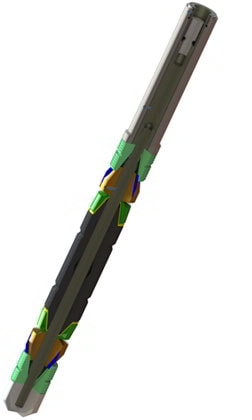
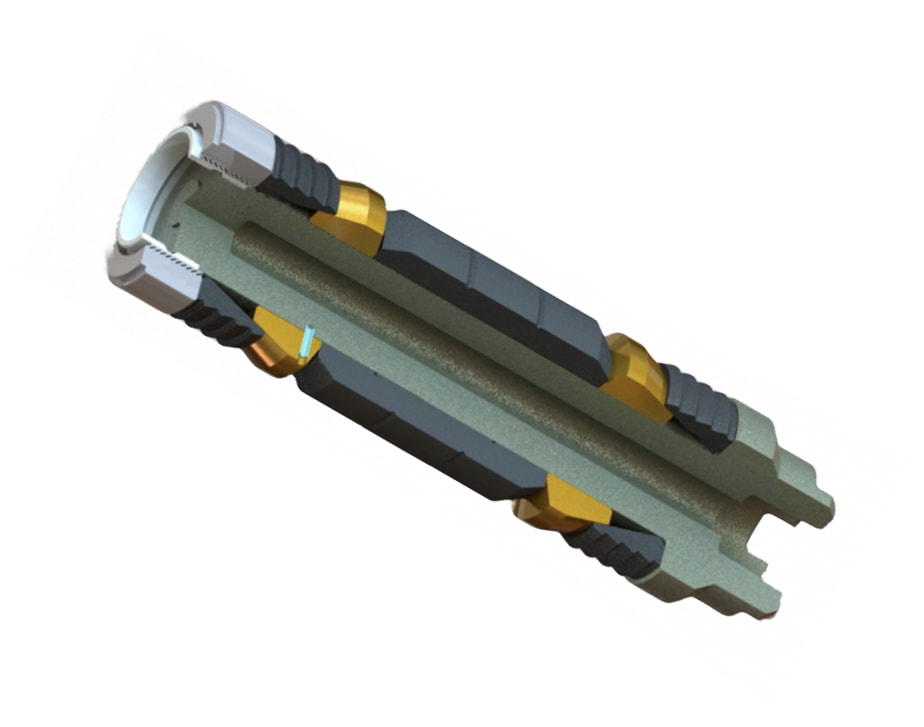
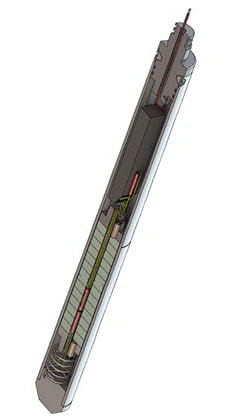
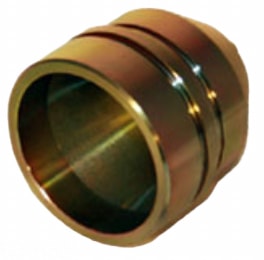
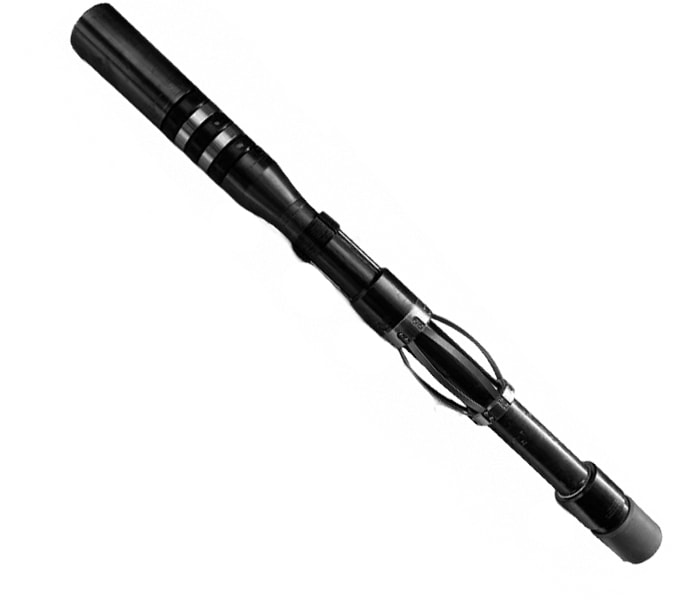
Heavy Weight Velocity String Packer
ID Oiltools heavyweight velocity string handoff packers are able to handle the heaviest loads from velocity strings. For applications of extreme string lengths or heavy weight pipe, the ID Oiltools heavy weight velocity string packer is the most robust tool for the job. Contact us today to find out more! View Details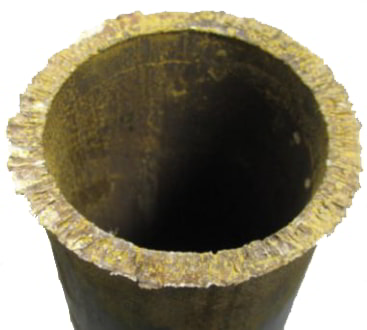
Tubing Cutter / Drill Pipe Cutter
Introducing Tubing Cutter / Drill Pipe Cutters from ID Oiltools - the perfect solution to quickly and effectively sever tubing during the removal of stuck pipe. Our Tubing Cutters are designed to handle the toughest situations when tubing becomes stuck in the well. To achieve maximum performance, we recommend choosing the cutter with the largest possible diameter that can run in the well. Our Tubing Cutter / Drill Pipe Cutters are air shippable at Class 1.4D and conform to API RP-67, ensuring that you receive a reliable and safe product. To maximize the effectiveness of the tool, our cutters should be centralized and run in recommended applications. Don't let stuck tubing slow down your operations - trust ID Oiltools Tubing Cutter / Drill Pipe Cutters to provide a quick and efficient solution. Contact us today to learn more about how we can help you overcome the toughest challenges in your well operations. View Details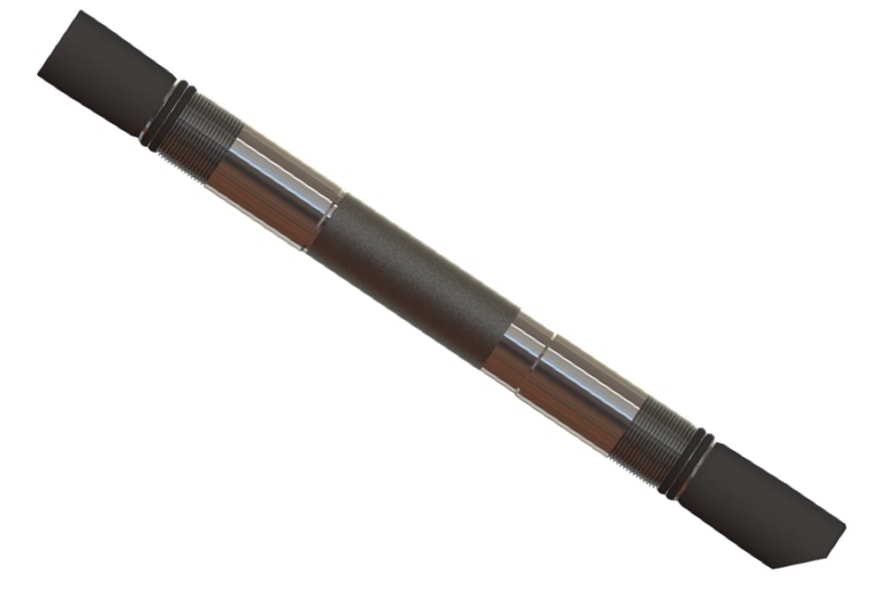
Gas Tight Casing Patch GTX-SPAN
Looking for a heavy-duty, permanent solution for sealing splits, holes or perforations in your tubing and casing? Look no further than the GTX-SPAN System Tubing/Casing Patch from ID OILTOOLS! Our GTX-SPAN System is the first effective gas tight patch on the market, thanks to the premium sealing elements in each component. Each element contains two elastomer seals, providing superior gas shut off capabilities. The GTX-SPAN System is incredibly versatile, and can be run on electric wireline, tubing, or coil tubing, and set with a pressure setting tool (electrical, mechanical, or hydraulic). The large bores ensure easy passage of tools and equipment, minimizing restriction to fluid flow. Customizable for most well applications, including premium alloys, restrictions, and geothermal well applications, our GTX-SPAN System Tubing/Casing Patch is the solution you need for your sealing needs. Our system consists of three basic components: a top metal element with an expandable elastomer seal, a tubular extension, and a bottom metal element with an expandable elastomer seal. Various patch lengths can be obtained by adding tubular extensions, making it a modular and versatile solution for any well. During the setting process, the pressure setting tool exerts a pushing force on the top tapered metal swage and a pulling force on the bottom tapered metal swage. Both swages are driven into the metal sealing elements (with expandable elastomer seals), which expand outward into the casing wall, providing both a metal-to-metal and an elastomer seal. At a predetermined force, a calibrated weak point shears, and the setting process ceases. A collapsible setting collet located in the bottom swage retracts and allows the setting equipment to be retrieved. The interval is now fully isolated with metal and expandable elastomer seals. ID OILTOOLS highly recommends the use of a casing scraper before patch installation to rid the interval of foreign matter and the use of a casing caliper to provide an accurate record of casing I.D. and conditions. A gauge ring or drift run is a minimum requirement. Choose the GTX-SPAN System Tubing/Casing Patch from ID OILTOOLS for the first effective gas tight patch on the market. Contact us today to learn more! View Details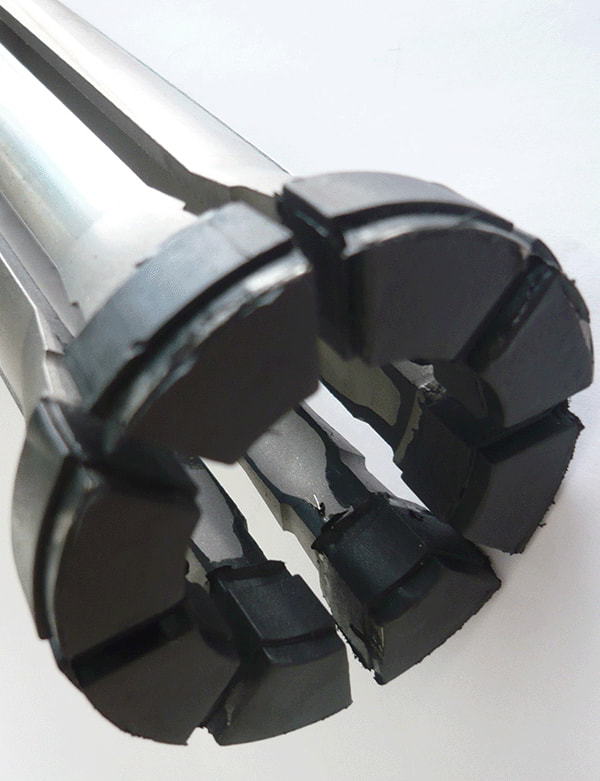
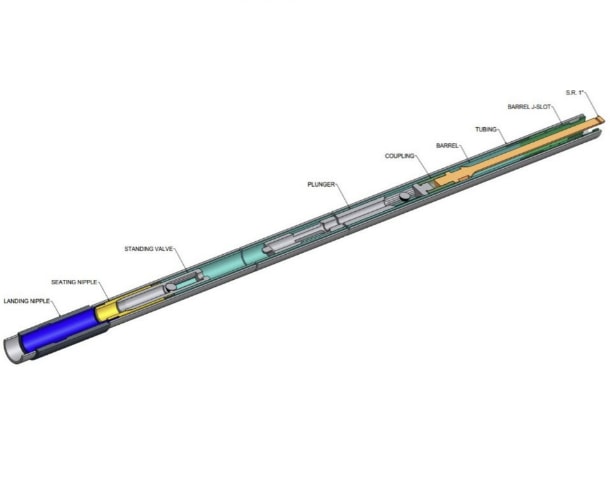
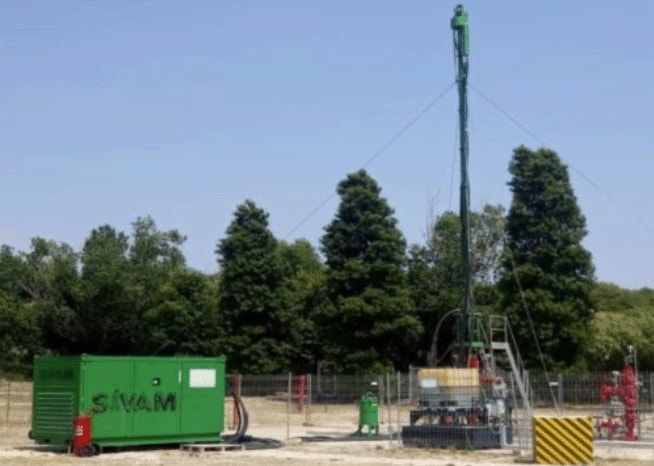
Long Stroke Hydraulic Pumping Unit
In the last few years, thanks to intense engineering studies, Sivam has designed and manufactured the Long Stroke Hydraulic Pumping Unit to maximize the efficient recovery of oil from wells completed with sucker rods. One of the main advantages of the Long Stroke Hydraulic Pumping Unit compared to a conventional Beam Pump is the longer stroke length results in less pump cycles per barrel resulting in higher pump efficiency and less wear and tear on the downhole components. Installation of the Long Stroke Hydraulic Pumping Unit is quick and simple. Installation averages just 3 hours and civil work is not required. The light weight of the unit (under 3 tonnes) and small footprint (it is mounted on the X-mas Tree) provides a artificial lift pumping unit that can be used in well testing or offshore platform applications (dual barrier policy can be achieved when used in conjunction with our rod sentinel SCSSSV). View Details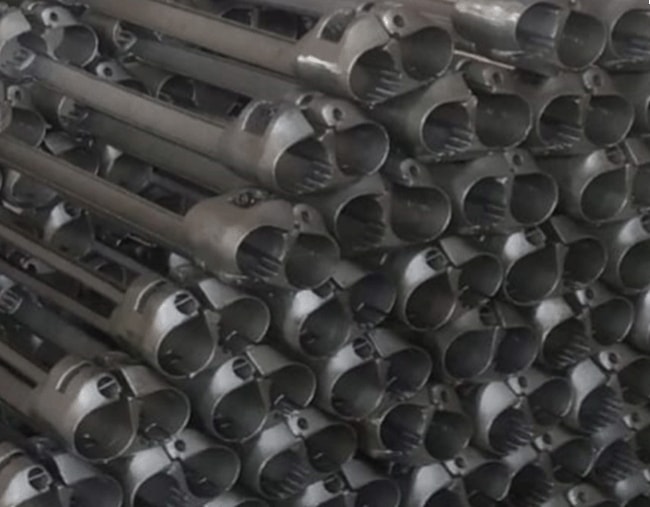
KWIK Control Line and Cable Protector
Cross coupling protectors are essential tools used in the oil and gas industry during the installation of completions in oil and gas wells. These protectors provide a variety of benefits that make them a necessary investment for any oil and gas company. Protects Control Lines: Cross coupling protectors help protect control lines from damage that can be caused by the installation process, environmental factors, and other external factors. By providing an extra layer of protection, the control line can last longer and reduce the need for costly repairs or replacements. Prevents Fluid Contamination in Cables: Cross coupling protectors prevent fluid contamination by keeping debris and other unwanted materials out of electrical cables during installation. This is particularly important in the oil and gas industry where contamination can lead to significant safety risks, equipment damage, and production losses. Reduces Maintenance Costs: The installation of cross coupling protectors can help reduce maintenance costs. By protecting control lines and cables the completion is less likely to require maintenance or repair. This can result in significant cost savings over the long-term. Improves Efficiency: Cross coupling protectors help to improve the efficiency of the installation process. By providing a secure connection and preventing contamination, the installation process can be completed more quickly and with fewer re-work. This can help to reduce downtime and increase productivity. Enhances Safety: Cross coupling protectors enhance safety by reducing the risk of equipment failure and fluid contamination. This can help to prevent accidents and injuries, and ensure that the installation process is completed safely. The use of cross coupling protectors is critical to the successful installation of tubing in oil wells. They provide numerous benefits including protecting tubing joints, preventing fluid contamination, reducing maintenance costs, improving efficiency, and enhancing safety. By investing in cross coupling protectors, oil and gas operators can ensure the long-term success of their operations while improving their bottom line. View Details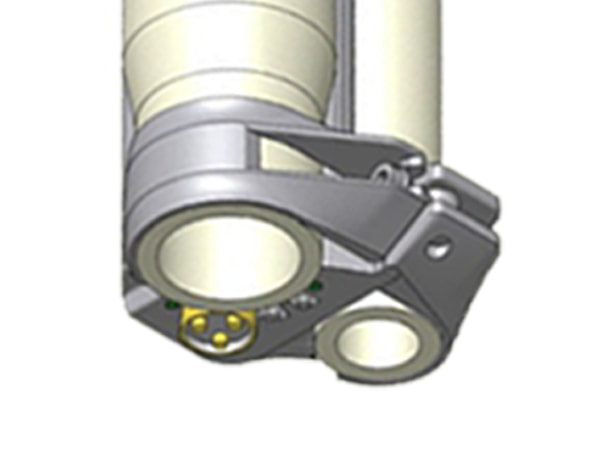
B-KWIK Control Line and Cable Protector
Cross coupling protectors are essential tools used in the oil and gas industry during the installation of completions in oil and gas wells. These protectors provide a variety of benefits that make them a necessary investment for any oil and gas company. Protects Control Lines: Cross coupling protectors help protect control lines from damage that can be caused by the installation process, environmental factors, and other external factors. By providing an extra layer of protection, the control line can last longer and reduce the need for costly repairs or replacements. Prevents Fluid Contamination in Cables: Cross coupling protectors prevent fluid contamination by keeping debris and other unwanted materials out of electrical cables during installation. This is particularly important in the oil and gas industry where contamination can lead to significant safety risks, equipment damage, and production losses. Reduces Maintenance Costs: The installation of cross coupling protectors can help reduce maintenance costs. By protecting control lines and cables the completion is less likely to require maintenance or repair. This can result in significant cost savings over the long-term. Improves Efficiency: Cross coupling protectors help to improve the efficiency of the installation process. By providing a secure connection and preventing contamination, the installation process can be completed more quickly and with fewer re-work. This can help to reduce downtime and increase productivity. Enhances Safety: Cross coupling protectors enhance safety by reducing the risk of equipment failure and fluid contamination. This can help to prevent accidents and injuries, and ensure that the installation process is completed safely. The use of cross coupling protectors is critical to the successful installation of tubing in oil wells. They provide numerous benefits including protecting tubing joints, preventing fluid contamination, reducing maintenance costs, improving efficiency, and enhancing safety. By investing in cross coupling protectors, oil and gas operators can ensure the long-term success of their operations while improving their bottom line. View Details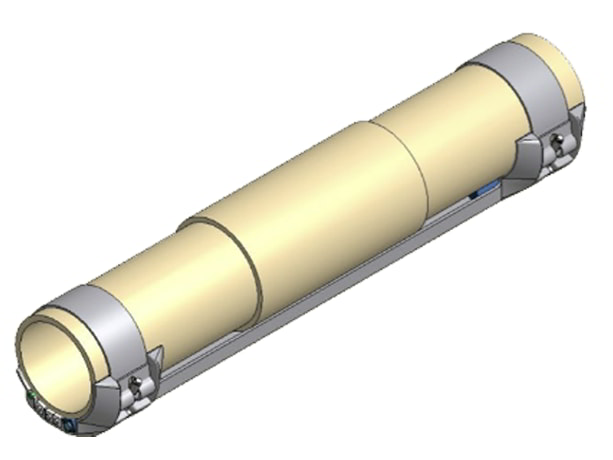
S-KWIK Control Line and Cable Protector
Cross coupling protectors are essential tools used in the oil and gas industry during the installation of completions in oil and gas wells. These protectors provide a variety of benefits that make them a necessary investment for any oil and gas company. Protects Control Lines: Cross coupling protectors help protect control lines from damage that can be caused by the installation process, environmental factors, and other external factors. By providing an extra layer of protection, the control line can last longer and reduce the need for costly repairs or replacements. Prevents Fluid Contamination in Cables: Cross coupling protectors prevent fluid contamination by keeping debris and other unwanted materials out of electrical cables during installation. This is particularly important in the oil and gas industry where contamination can lead to significant safety risks, equipment damage, and production losses. Reduces Maintenance Costs: The installation of cross coupling protectors can help reduce maintenance costs. By protecting control lines and cables the completion is less likely to require maintenance or repair. This can result in significant cost savings over the long-term. Improves Efficiency: Cross coupling protectors help to improve the efficiency of the installation process. By providing a secure connection and preventing contamination, the installation process can be completed more quickly and with fewer re-work. This can help to reduce downtime and increase productivity. Enhances Safety: Cross coupling protectors enhance safety by reducing the risk of equipment failure and fluid contamination. This can help to prevent accidents and injuries, and ensure that the installation process is completed safely. The use of cross coupling protectors is critical to the successful installation of tubing in oil wells. They provide numerous benefits including protecting tubing joints, preventing fluid contamination, reducing maintenance costs, improving efficiency, and enhancing safety. By investing in cross coupling protectors, oil and gas operators can ensure the long-term success of their operations while improving their bottom line. View Details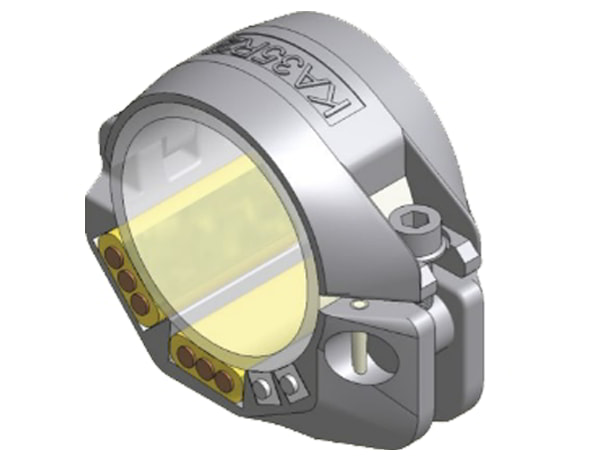
M-KWIK Control Line and Cable Protector
Cross coupling protectors are essential tools used in the oil and gas industry during the installation of completions in oil and gas wells. These protectors provide a variety of benefits that make them a necessary investment for any oil and gas company. Protects Control Lines: Cross coupling protectors help protect control lines from damage that can be caused by the installation process, environmental factors, and other external factors. By providing an extra layer of protection, the control line can last longer and reduce the need for costly repairs or replacements. Prevents Fluid Contamination in Cables: Cross coupling protectors prevent fluid contamination by keeping debris and other unwanted materials out of electrical cables during installation. This is particularly important in the oil and gas industry where contamination can lead to significant safety risks, equipment damage, and production losses. Reduces Maintenance Costs: The installation of cross coupling protectors can help reduce maintenance costs. By protecting control lines and cables the completion is less likely to require maintenance or repair. This can result in significant cost savings over the long-term. Improves Efficiency: Cross coupling protectors help to improve the efficiency of the installation process. By providing a secure connection and preventing contamination, the installation process can be completed more quickly and with fewer re-work. This can help to reduce downtime and increase productivity. Enhances Safety: Cross coupling protectors enhance safety by reducing the risk of equipment failure and fluid contamination. This can help to prevent accidents and injuries, and ensure that the installation process is completed safely. The use of cross coupling protectors is critical to the successful installation of tubing in oil wells. They provide numerous benefits including protecting tubing joints, preventing fluid contamination, reducing maintenance costs, improving efficiency, and enhancing safety. By investing in cross coupling protectors, oil and gas operators can ensure the long-term success of their operations while improving their bottom line. View Details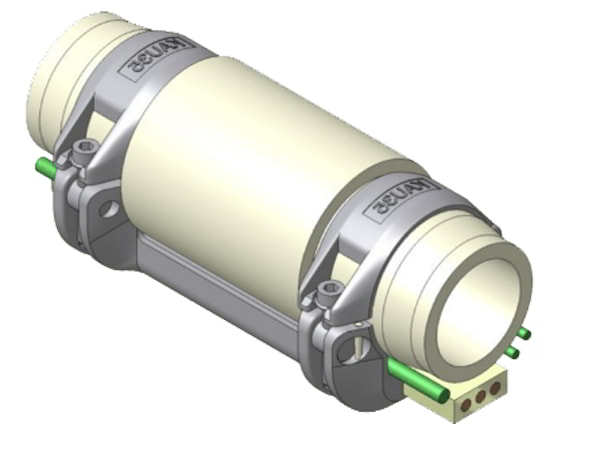
U-KWIK Cross Coupling Protector
Cross coupling protectors are essential tools used in the oil and gas industry during the installation of completions in oil and gas wells. These protectors provide a variety of benefits that make them a necessary investment for any oil and gas company. Protects Control Lines: Cross coupling protectors help protect control lines from damage that can be caused by the installation process, environmental factors, and other external factors. By providing an extra layer of protection, the control line can last longer and reduce the need for costly repairs or replacements. Prevents Fluid Contamination in Cables: Cross coupling protectors prevent fluid contamination by keeping debris and other unwanted materials out of electrical cables during installation. This is particularly important in the oil and gas industry where contamination can lead to significant safety risks, equipment damage, and production losses. Reduces Maintenance Costs: The installation of cross coupling protectors can help reduce maintenance costs. By protecting control lines and cables the completion is less likely to require maintenance or repair. This can result in significant cost savings over the long-term. Improves Efficiency: Cross coupling protectors help to improve the efficiency of the installation process. By providing a secure connection and preventing contamination, the installation process can be completed more quickly and with fewer re-work. This can help to reduce downtime and increase productivity. Enhances Safety: Cross coupling protectors enhance safety by reducing the risk of equipment failure and fluid contamination. This can help to prevent accidents and injuries, and ensure that the installation process is completed safely. The use of cross coupling protectors is critical to the successful installation of tubing in oil wells. They provide numerous benefits including protecting tubing joints, preventing fluid contamination, reducing maintenance costs, improving efficiency, and enhancing safety. By investing in cross coupling protectors, oil and gas operators can ensure the long-term success of their operations while improving their bottom line. View Details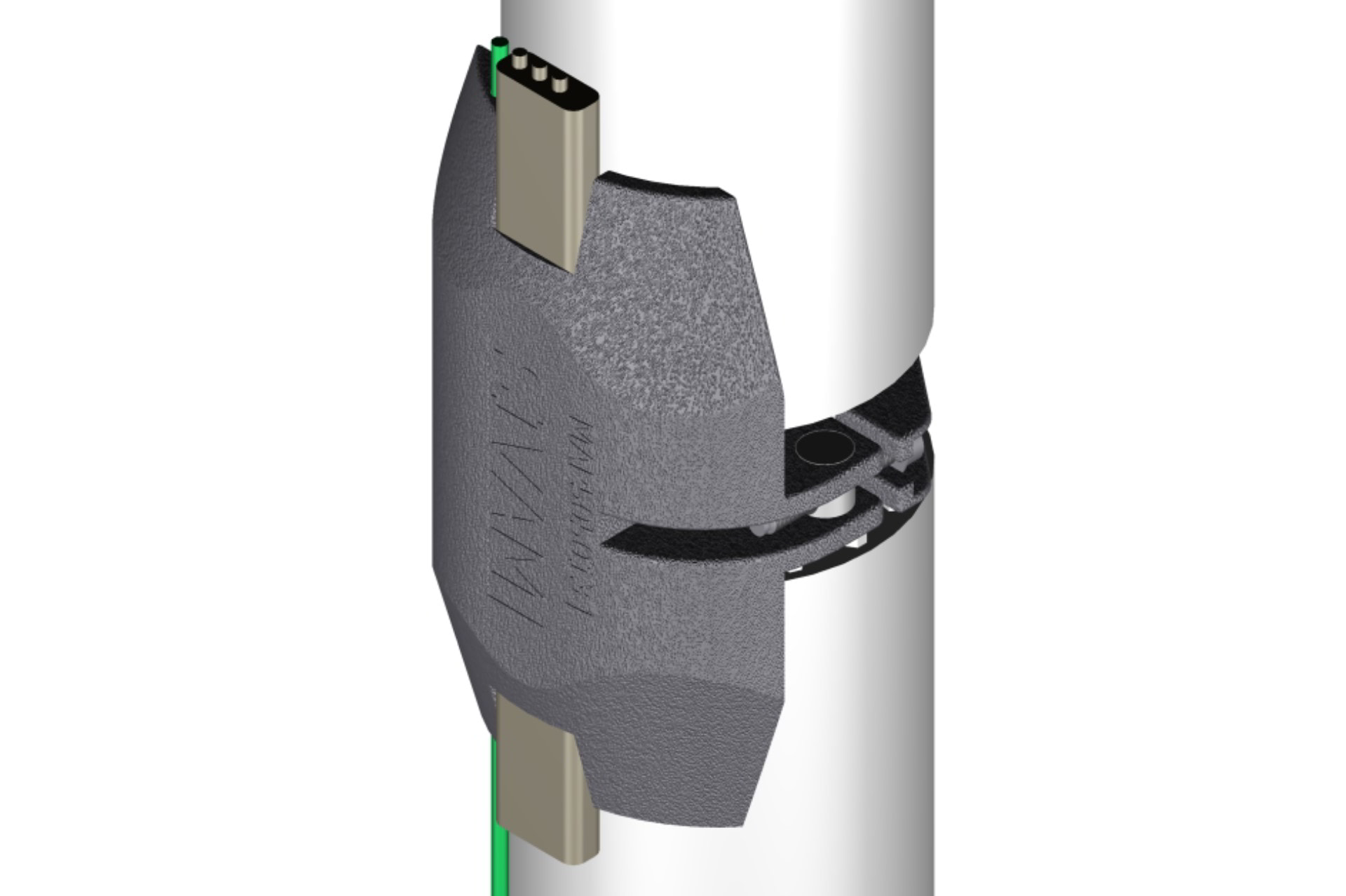
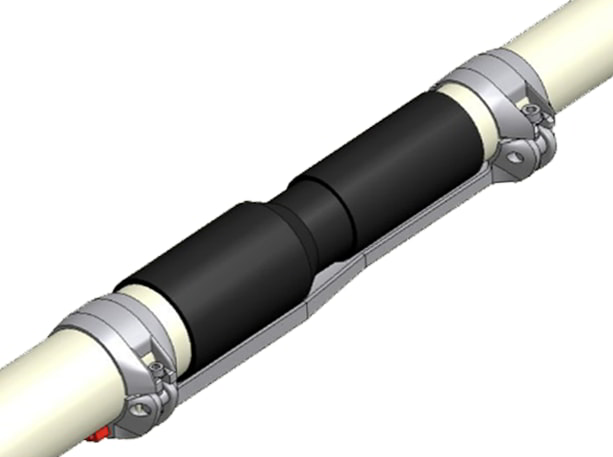
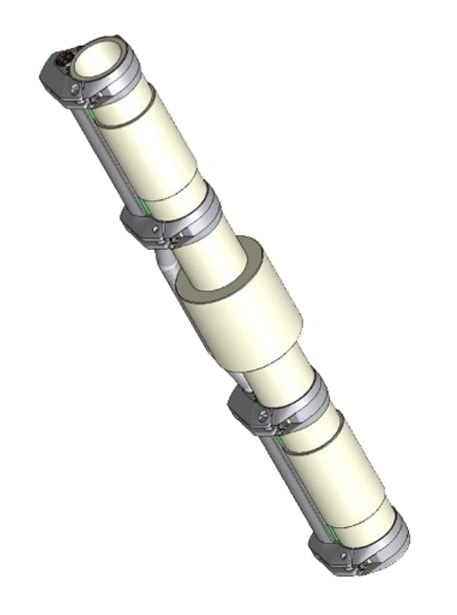
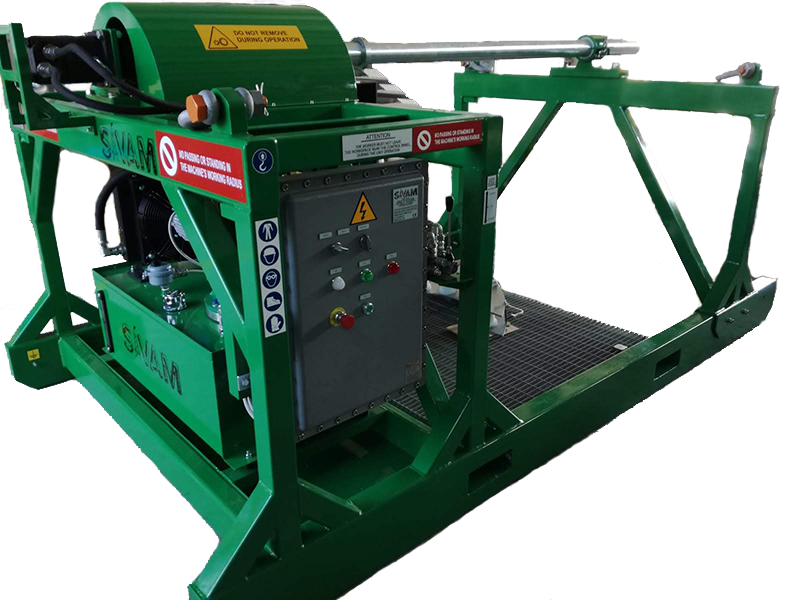
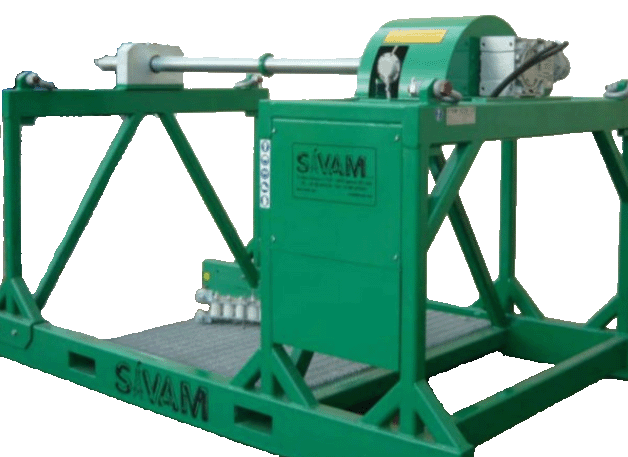
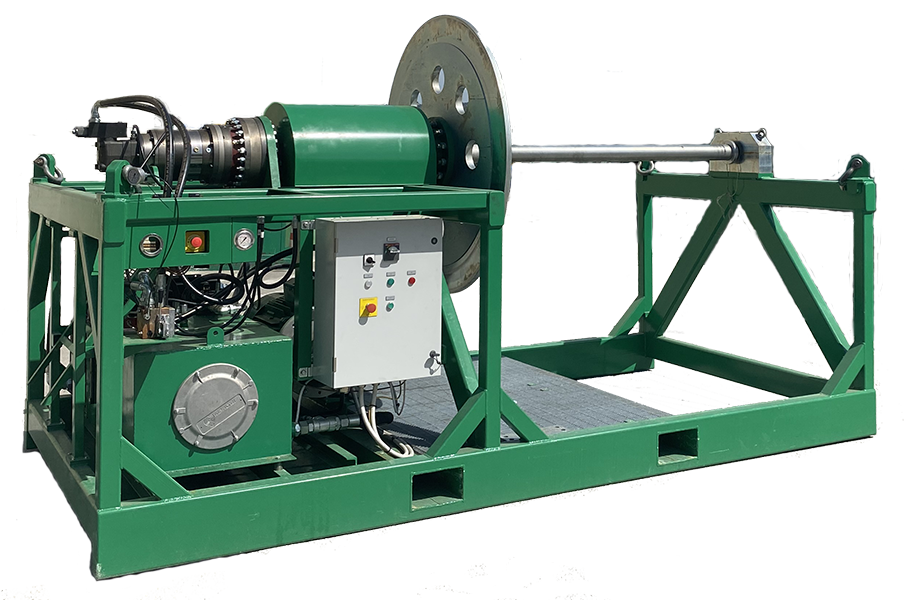
High Torque Super Spooler Unit
The Super Spooler SUHT-25-2415 is designed for the heaviest of spooling loads in the most adverse conditions. Spooling units designed to ensure cables or control lines are kept in tension while running in or out of hole. Our spooling units are fully designed, manufactured and assembled with sheaves (half or full moon) to guide control, injection, or mono-conductor cable preventing damage while being tripped in hole. Units are available in pneumatic, hydraulic, or electric drive and are ATEX zone and DNV certified as required by location. Spooling units can also be equipped with a filling pump to monitor pressure while tripping – improving efficiency as a sudden pressure drop indicates line damage. View Details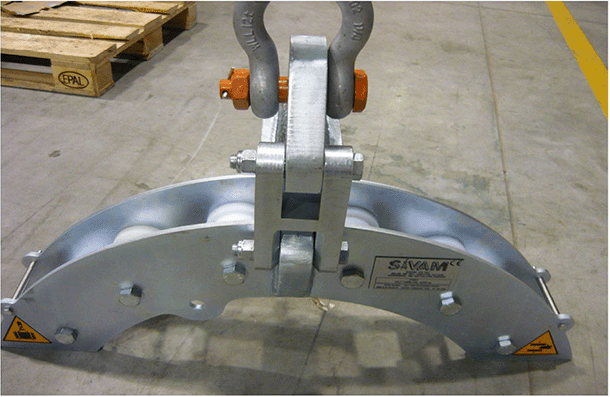
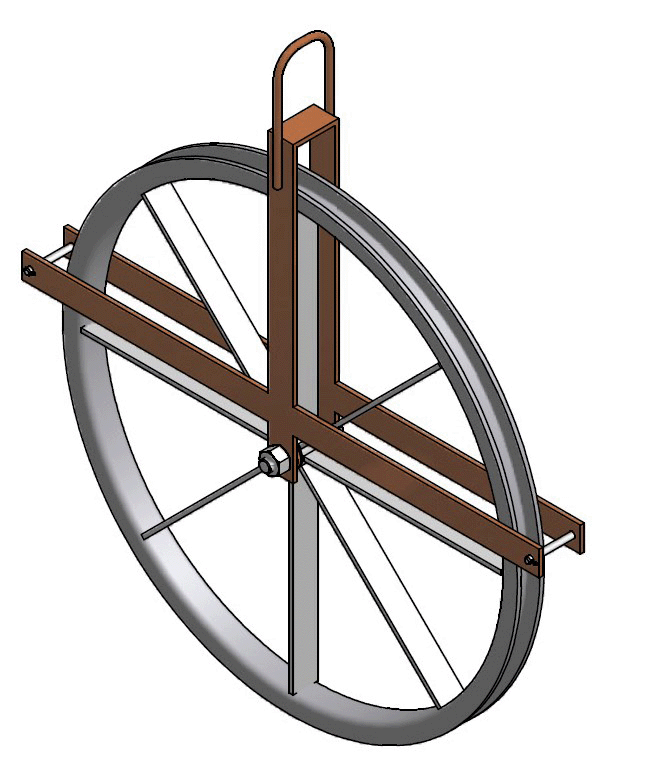
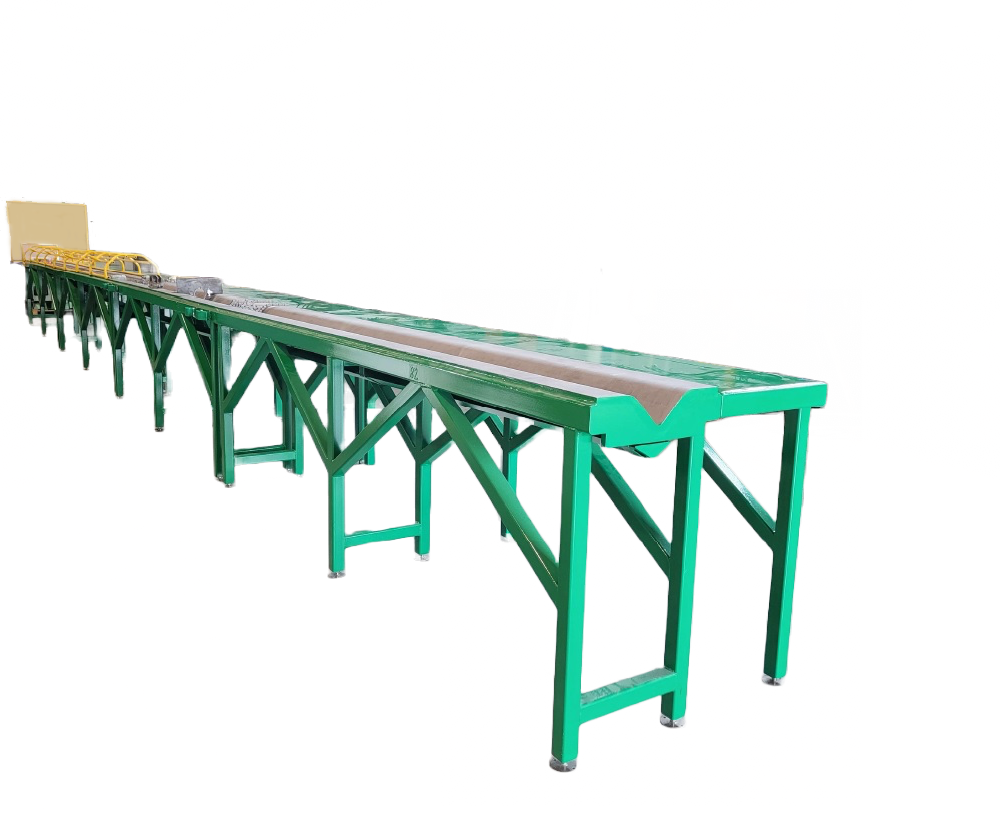
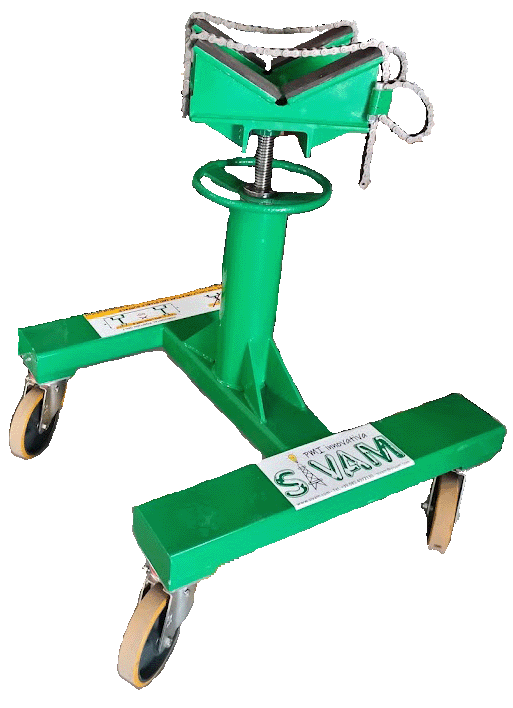
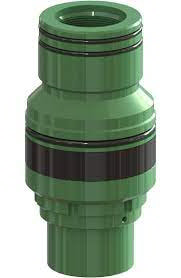
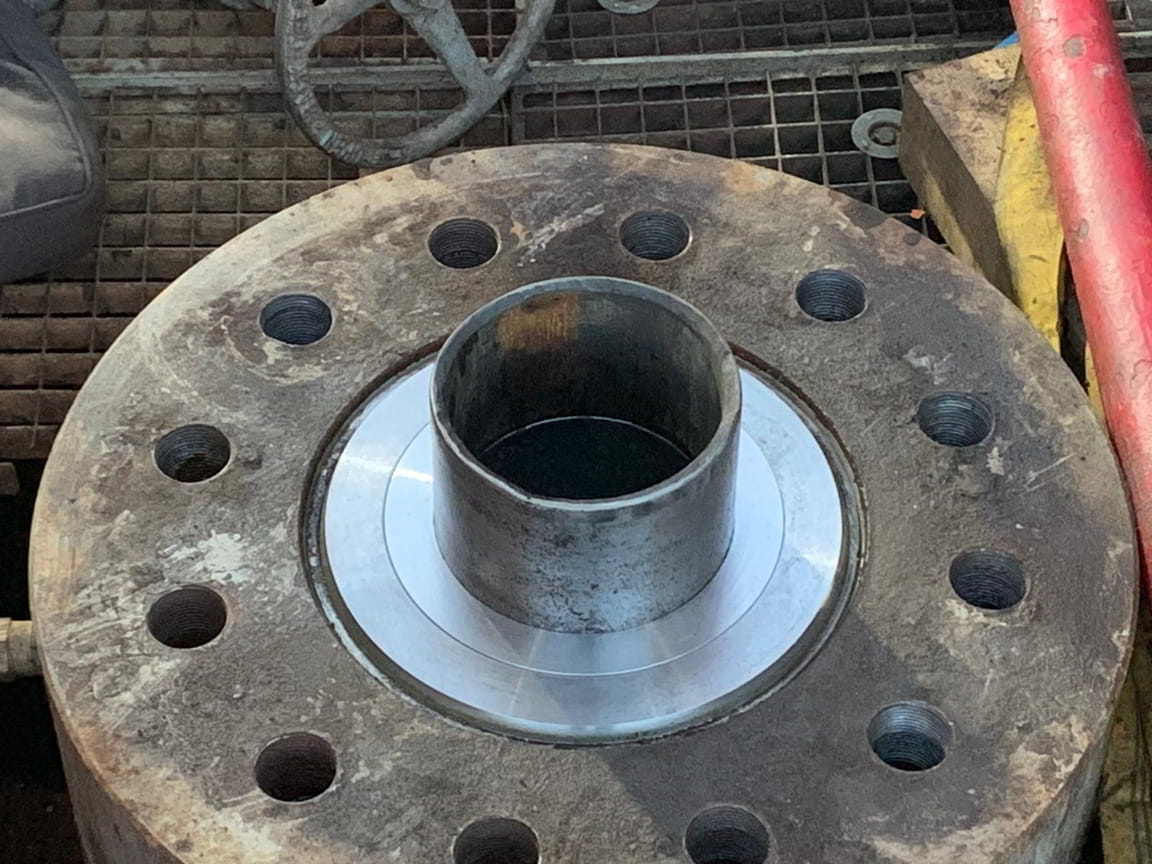
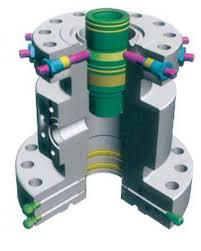
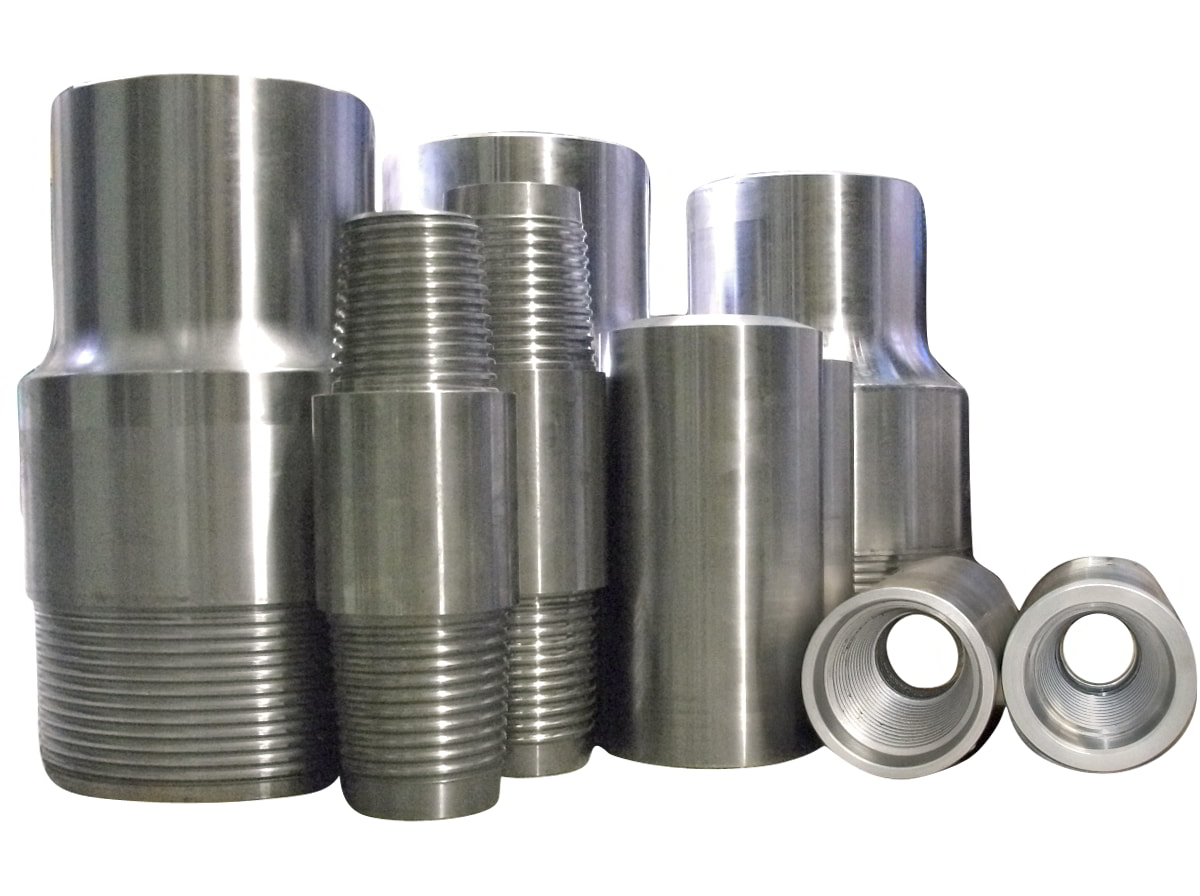
Crossover for 3 1/2 inch JFE Bear tubing to 2 3/8 inch Hydril 533 tubing
Seamless pup joints with premium connections are available in API and exotic alloy grades. Premium ends are threaded by the manufacturer or authorized licensee. A crossover is a one piece tubular section used to join or change two different components with different size of tube, or type of connection. View Details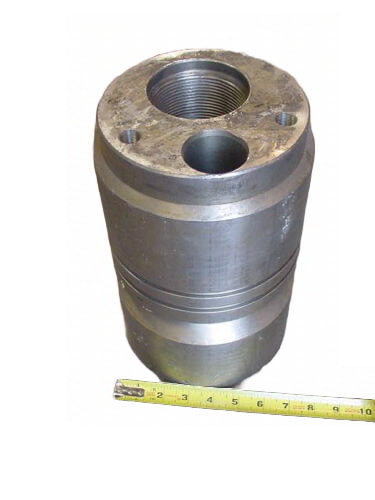
Tubing hanger with electrical feedthrough for ESP applications
The tubing hanger holds a feed-through mandrel equipped with the proper seals. Feed-through mandrel seals contain well pressure and prevent gas leaks at the surface. Power cables are connected to the two ends of this device via their three-phase connectors (also called: lower and upper pigtails). The feedthru portion of the system provides a fluid block at the wellhead permitting electrical power to pass safely and reliably through the well’s pressure barrier. The connector works with the wellhead manufacturer to assure proper fit and material compatibility. View Details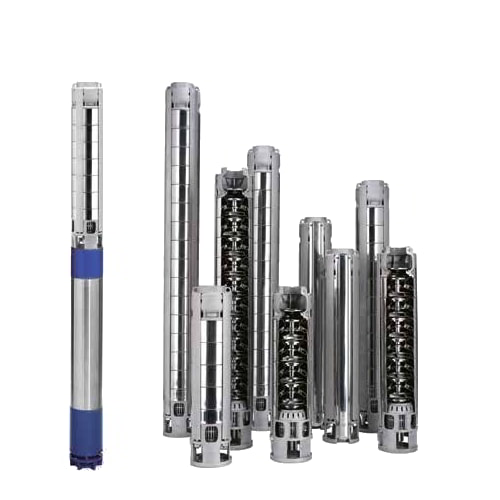
Electric Submersible Pump (ESP) systems for oil and geothermal applications
The electrical submersible pump is an efficient and reliable artificial-lift method for lifting moderate to high volumes of fluids from wellbores with volumes rates from 150 B/D to as much as 150,000 B/D (24 to 24,600 m3/d). A complete ESP system can be designed and supplied to meet the requirements from individual wells. The ESP system is comprised of; intake, pump, motor, seal section, cable, feed-through, surface electrical and any sensors, software and variable frequency drives (VFD's). ESP's can be used onshore, offshore, subsea, or in relatively high gas saturations. View Details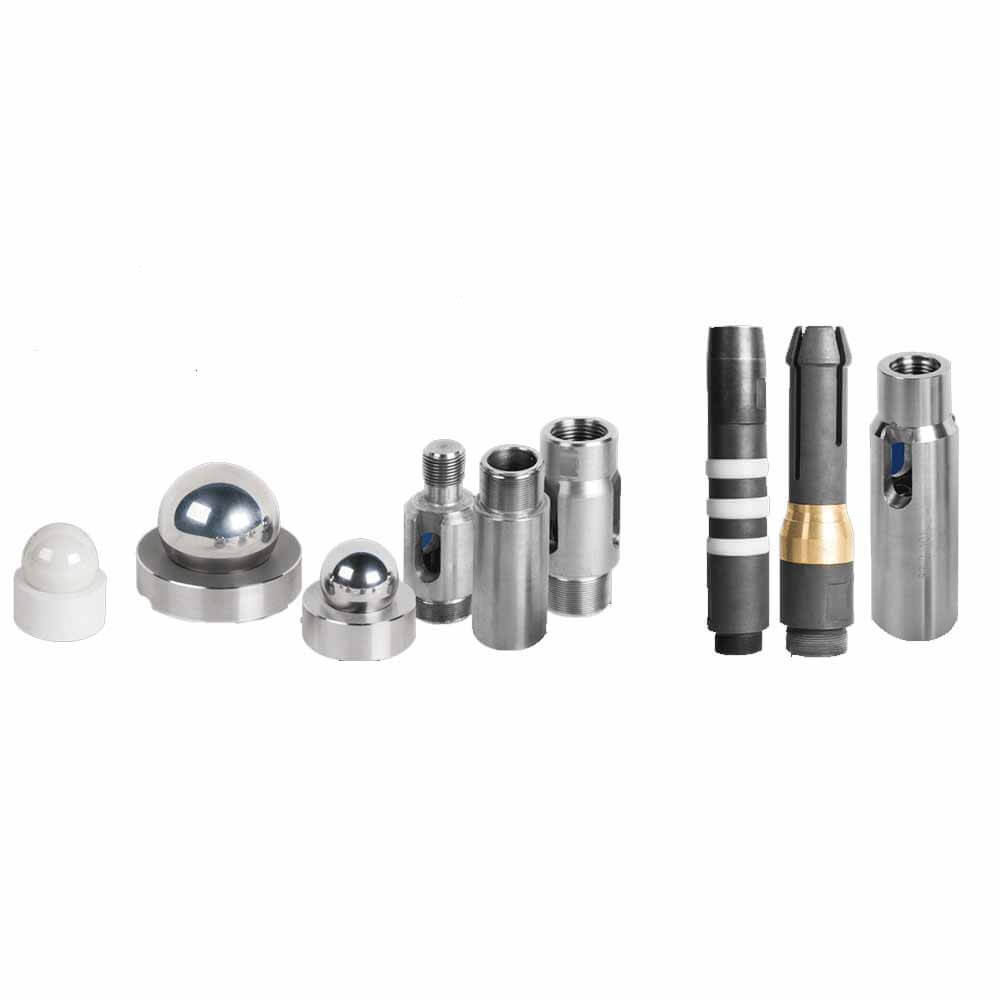
Rod Pump of various diameters and stroke lengths to optimize oil production
Sucker rod pumping systems are the oldest and most widely used type of artificial lifting system for oil wells. Sucker-rod pumping is the most widely used artificial lift method for onshore oil wells. Sucker-rod strings transfer the motion from the driving machine on the wellhead to the downhole oil pump. Pump diagnoses are generally conducted through an interpretation of the pump dynamometer graph (pump card). View Details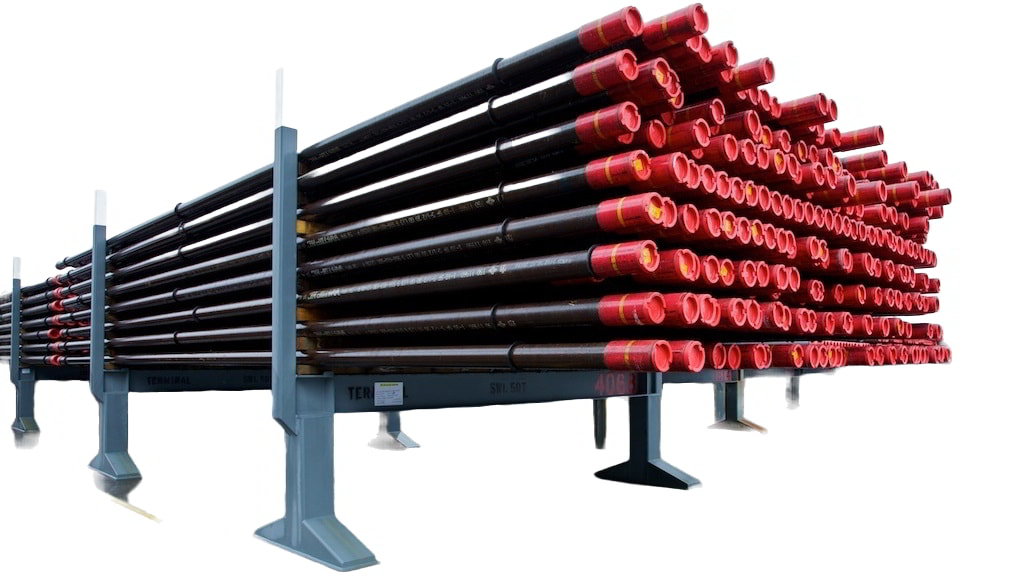
OCTG Tubing from 2 3/8 inch to 7 inch for oil and gas well completions
OCTG (Oil Country Tubular Goods) refers to the piping products that are used in oil and gas production and drilling activities. OCTG pipe normally is manufactured based on API specifications. Oil country tubular goods (OCTG) is a family of seamless rolled products consisting of drill pipe, casing and tubing subjected to loading conditions according to their specific application. Tubing is the pipe placed in the well that is exposed to flowing fluids from the reservoir to surface. It is uncemented and able to pulled and replaced in the event the pipe erodes or corrodes. Our international network of manufacturers and warehouses have almost all weights and grades in stock. View Details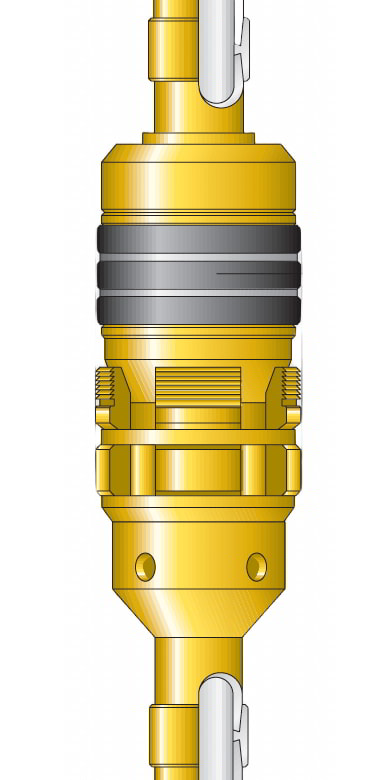
R-3 Double Grip Retrievable Packer
The R-3™ packer is a versatile production packer intended for a broad range of production applications. It is a compression-set packer, suitable for stimulation and treating applications in a double-grip configuration. Applications in which excessive bottomhole pressures have been depleted, a single-grip version can be used as an economical production packer. The R-3 single-grip retrievable-casing packer is set with one-fourth-turn right-hand rotation and can be released with straight pickup. We can source from current stock or direct from the manufacturer. View Details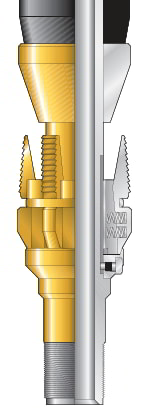
G Compression set Retrievable Packer
The G™ packer is an economical, compression-set packer, intended for lower pressure production applications. It is set by one-quarter-turn right-hand rotation. Release is accomplished by straight pickup of the tubing. If it is necessary to move the packer further downhole after release, one-fourth-turn left-hand rotation will put the tool back into the running position. C-1 Single Grip Invertible Packer The C-1™ packer can be run as a conventionally set packer or, when run upside down, it can be set in compression. Emergency releases are provided for tension and compression operations. View Details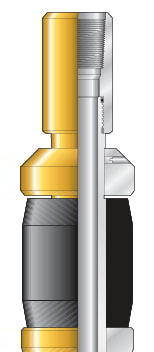
C-1 Single Grip Invertible Packer
The C-1™ packer can be run as a conventionally set packer or, when run upside down, it can be set in compression. Emergency releases are provided for tension and compression operations. The G™ packer is an economical, compression-set packer, intended for lower pressure production applications. It is set by one-quarter-turn right-hand rotation. Release is accomplished by straight pickup of the tubing. If it is necessary to move the packer further downhole after release, one-fourth-turn left-hand rotation will put the tool back into the running position. View Details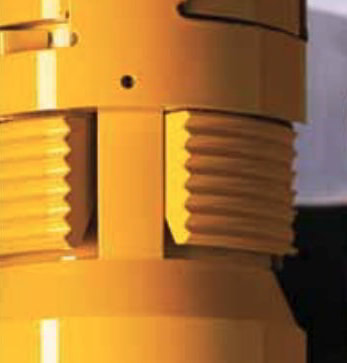
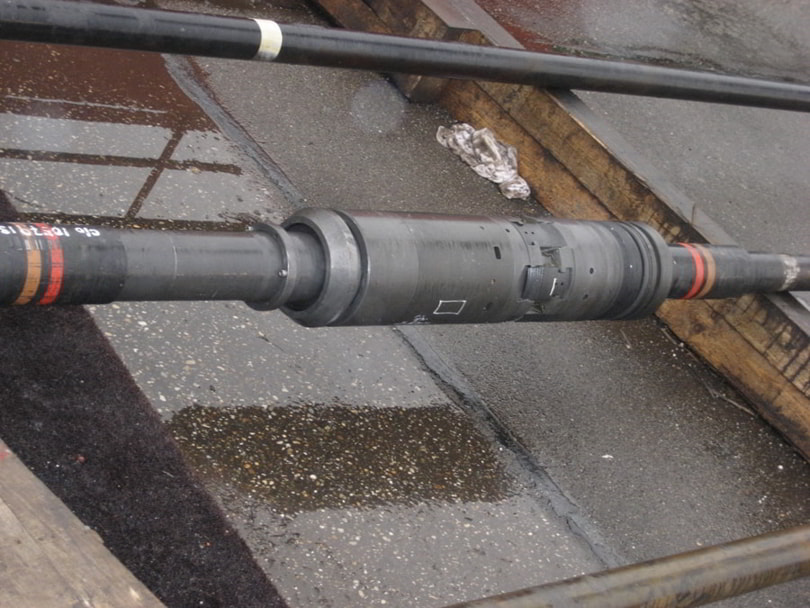
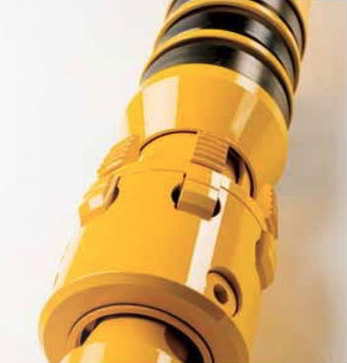
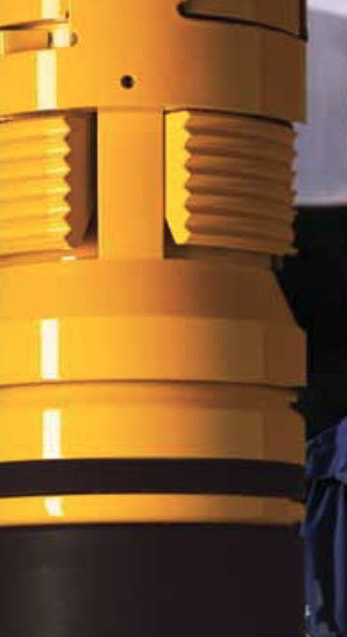
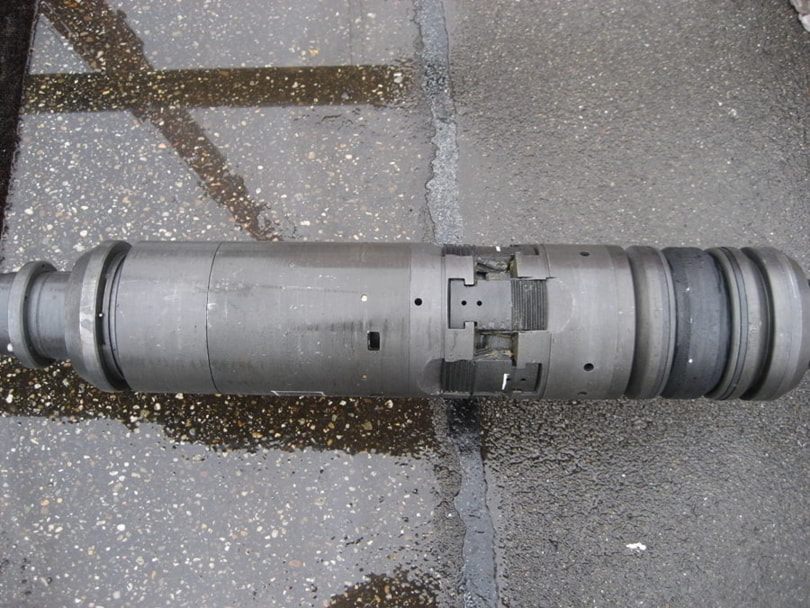
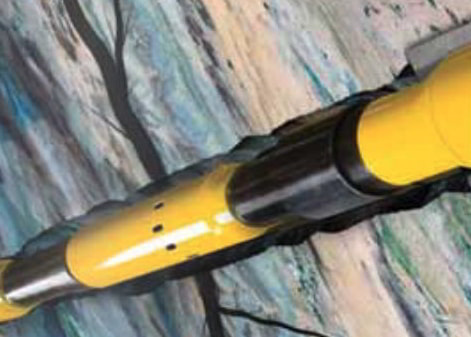
FH Hydrostatic Retrievable Packer
The FH™ is the industry-standard, hydrostatic-set and shear-release single-string retrievable packer. It can be used in the following applications: production, injection, and zonal isolation; single-string selective completions or dual-string completions with multiple packers; deviated wells or other applications when rotation for installation or removal is not beneficial; when it is beneficial to displace and set packers after the well is flanged up; when testing the tubing string before packer setting or to independently set and test individual packers in multiple packer completions is beneficial. The FH packer is hydraulically activated by applying tubing pressure against a plugging device below the packer. The packer requires only straight pull to release. The FHL™ is the large-bore version of the FH packer. Features, advantages and operational procedures are the same as those for the FH packers Accessories A tubing-plugging device must be positioned below the packer for actuation: E™ hydraulic-trip sub (Product Family No. H79928); CMU(D)™ sliding sleeve (Product Family Nos. H81079 and H81080) with blanking plug; Baker Hughes low-control seating nipple with blanking plug; hydraulic-setting devices (Product Family Nos. H46921, H79928 and H75917) View Details